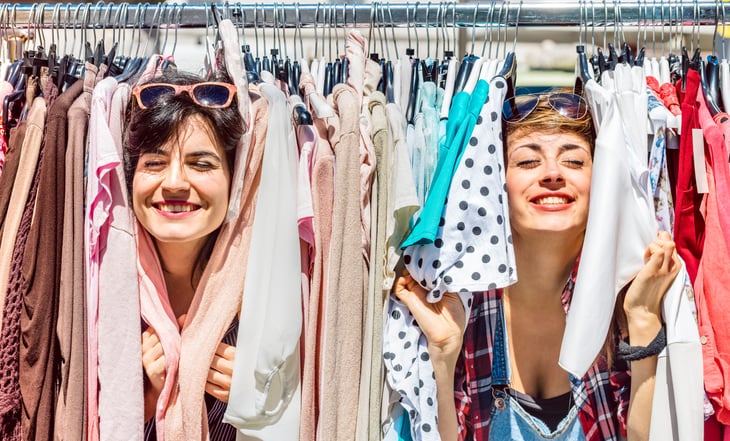
I’ve always wondered why buying used clothing isn’t more mainstream. Though Gen Z is embracing all things vintage, many people in my peer group (let’s call it “late middle age”) seem surprised at the thought. I’m not sure why. After all, didn’t “Pretty in Pink” show us all how cool secondhand can be?
If you’re curious but non-committal about buying used clothes, give me a chance to change your mind. After 30 years of buying and selling (and wearing) secondhand fashion, I’ve compiled a long list of benefits. Here are the most important.
1. Used clothes are tried and true
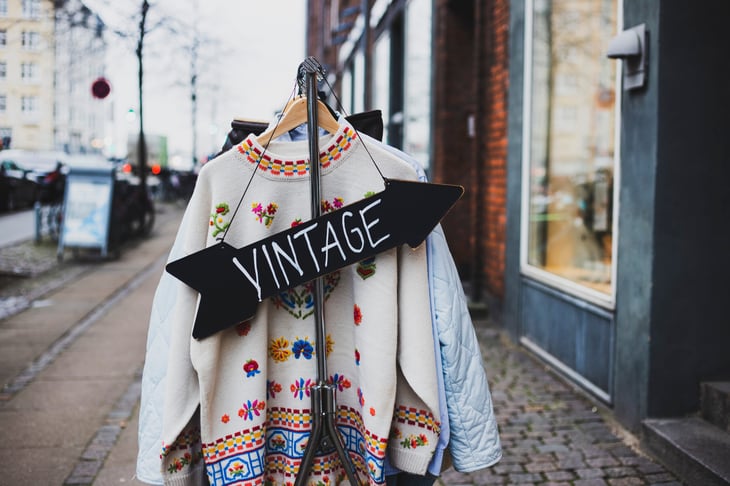
When you buy something new, you’re taking a gamble. Will these jeans hold up over time? Will this sweater start to pill after the third wash?
In contrast, used clothes are tried and true. Everything on the rack is pre-shrunk, broken-in and stress-tested by life. Who needs a better guarantee than that?
2. It’s a powerful environmental move

The rise of “fast fashion” — clothing produced quickly and cheaply to capitalize on style trends — contributes to profound environmental problems. As Greenpeace reports, this type of clothing isn’t meant to last, be repaired or be repurposed.
As a result, the industry is responsible for staggering levels of textile waste (92 million tons a year, by some estimates). Discarded and unsold garments are shipped to poor countries in East and West Africa — regions that are ill-equipped to manage it.
Choosing high-quality used clothing reduces the demand for new. Every consumer that steps away from the fast fashion cycle helps put an end to its devastating effects.
3. Buying used is budget-friendly

According to Vogue, the markup on retail clothing ranges from 2.2 to 2.5 times the wholesale price. For example, a cardigan that cost $60 wholesale will be priced between $132 and $150 on the rack.
But when you buy secondhand, someone else has already paid that steep initial markup. And in most cases, the thrift store price for that same cardigan will be substantially less than the original wholesale price. Who can beat a deal like that?
4. It supports worthy causes
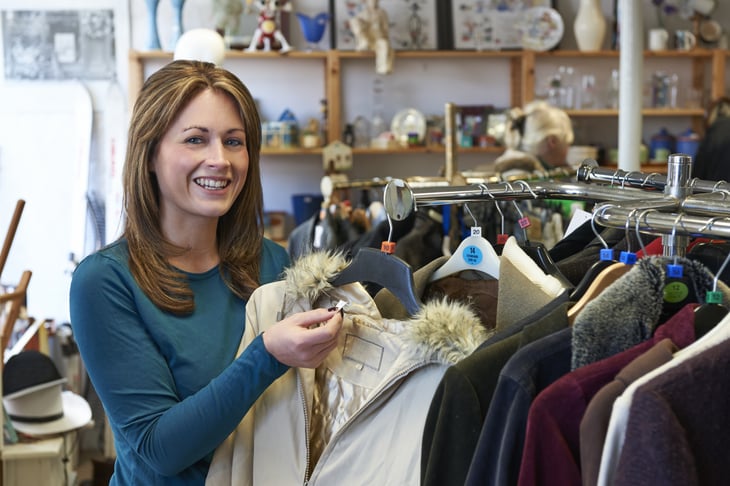
Most thrift stores are extensions of charitable organizations. Revenue from the sale of used goods helps fund services like job training, medical research, and homeless outreach.
Even when you buy used clothes online or at rummage sales, the money goes directly to people instead of corporations. Sorry, H&M shareholders, but that sounds like a better investment.
5. It might be tax-free
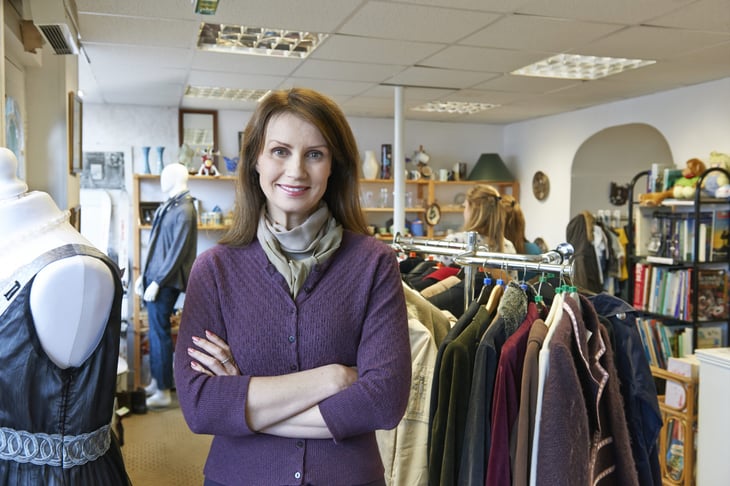
Depending on where you live, goods purchased from qualified nonprofit organizations may be exempt from sales tax. But the details can be tricky. I live in Iowa, and our state tax code stipulates that thrift stores are sales tax-exempt if:
“Net proceeds are expended for educational, religious, or charitable purposes; and the organization selling or receiving the profits is exempt from income tax pursuant to IRC 501(c)(3).”
Sadly, there’s no single resource to help consumers navigate the complex web of state sales tax laws.
6. It’s easier to create a distinct style
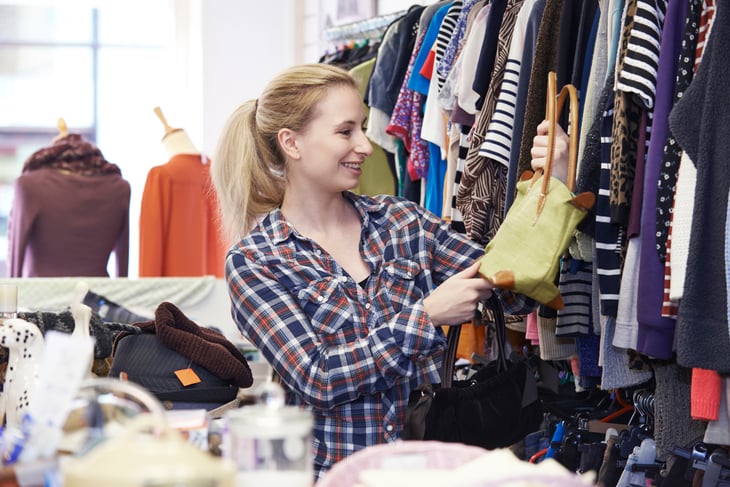
The older I get, the less I want to look like everyone else. Buying used gives me the chance to flex my creative muscles and find unique items that set my look apart.
If you’re new to secondhand shopping, do a little experimenting. Mix a few vintage items with new to cultivate an entirely original style.
7. Reselling used clothes can be profitable
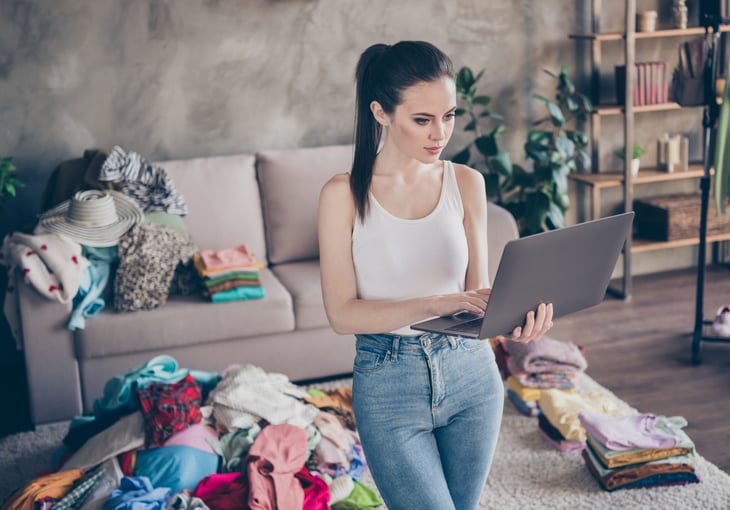
Business is booming in the world of resale. According to Statista, the 2021 global market value of resale apparel was an estimated $96 billion. Even some retailers are dabbling in the resale market. My recent installment in the series “If You Find This Thrift Shopping, Buy It” explores Patagonia’s investment in Worn Wear.
Claim a chunk of that $96 billion for yourself. Reselling high-quality secondhand clothing on eBay, ThredUp or Etsy is a great side hustle.
8. Vintage clothing is often better made
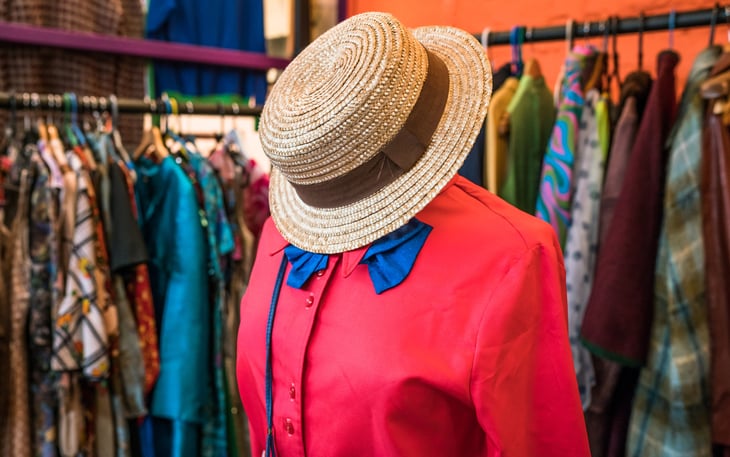
For those of us not shopping at top-tier designer stores, quality clothing is getting harder to find. Fast fashion seems to have lowered apparel standards and, in turn, lowered consumer expectations.
But buying used turns back the clock and gives us access to clothing that was made years — sometimes decades — ago. Generally speaking, vintage garments are constructed better and made with higher-grade materials than their modern counterparts.
See also: “11 Secrets to Finding Quality Clothing at Thrift Shops”
9. You can find exclusive brands
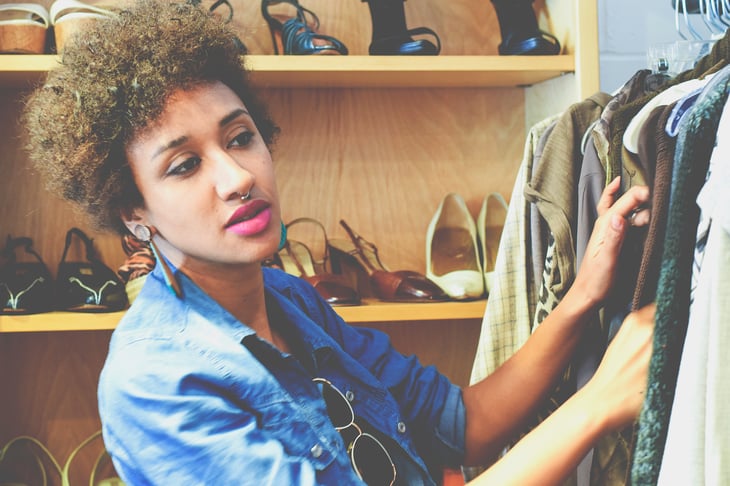
Every once in a while, high-end apparel finds its way onto thrift store racks. I’ve purchased vintage pieces by Hermes, Missoni, Fendi, Comme des Garcons and Loro Piana.
Would I normally pay hundreds or thousands of dollars to access this level of sartorial style? No. Will I pay $4.99-$9.99 for a hidden gem? You betcha.